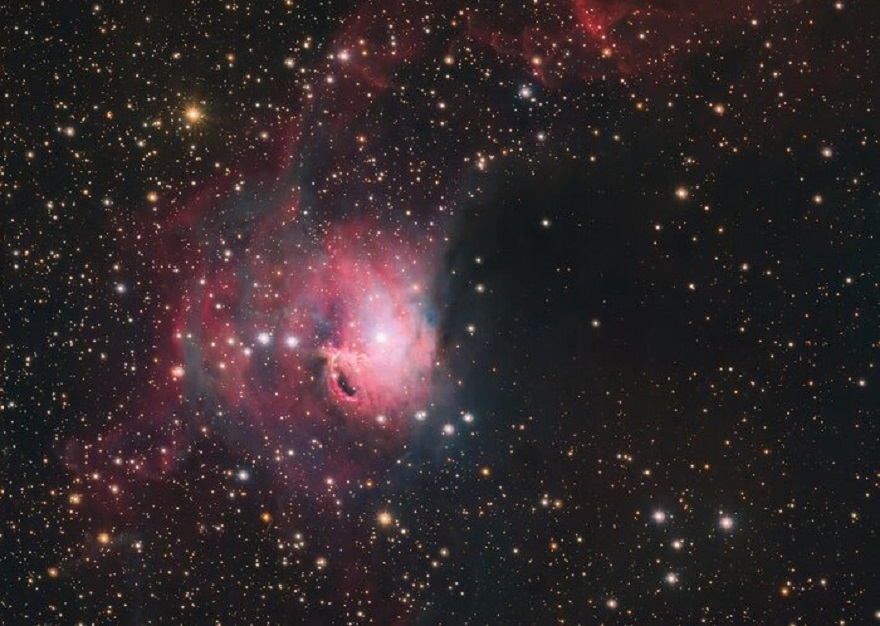The VLT Survey Telescope (VST) located at the Paromy enthanal Observatory in South America recently presented all astronusiasts with an amazing image of a pink and purple koi carp floating in interstellar space. This is how the Gum 3 nebula looks like.

Space koi carp
Scientists working at the European Southern Observatory, located in the South American Andes, have shown the world a brightly colored koi carp floating through outer space. Of course, it’s not real. It’s the Gum 3 nebula, which is illuminated by several bright stars. That’s what makes it look like a starfish.
The European Southern Observatory in Chile is divided into several large stations, each of which could be a significant science center. Paranal, the site where the koi space carp was photographed, is known as the home of the Very Large Telescope (VLT). This giant instrument has an assistant called the VST.
Usually it’s used to survey wide swaths of the starry sky and find targets for the giant instrument, but this time it was able to produce an amazing image on its own. It was helped by a 246-megapixel OmegaCAM camera.
What creates such an amazing picture?
OmegaCAM is equipped with 12 different broadband filters, allowing astronomers to observe the emission of objects such as stars and galaxies over a wide range of frequencies. This is very helpful when it is necessary to study nebulae that remain after a supernova outbreak, or, conversely, prepare to turn into newborn luminaries.
That’s exactly what the Gum 3 nebula is. It’s a remnant of the stellar nurseries that illuminate young bright stars. If you view it from Earth, it really looks like a type of carp called koi. It is also distinguished by its bright colors.
Scientists explain that when intense ultraviolet radiation from nearby young stars hits the hydrogen atoms in the cloud, they emit visible light in very specific colors that we see as shades of red and pink in the image. And the tiny specks of dust in the clouds reflect mostly blue light, so this color is also present in the image.
According to www.space.com


